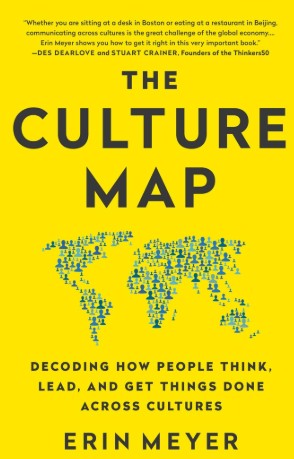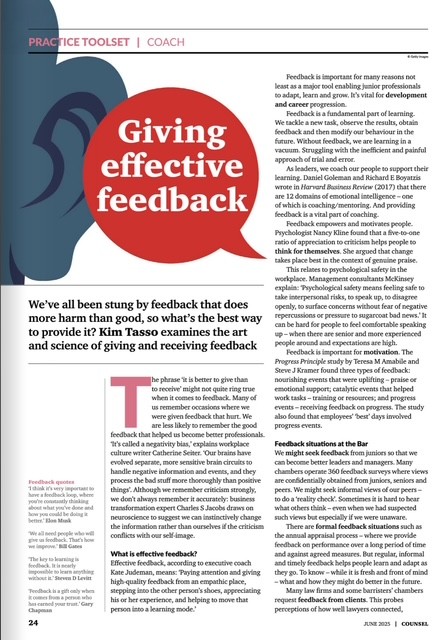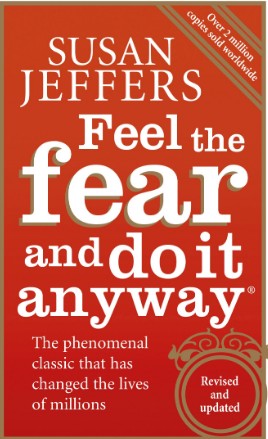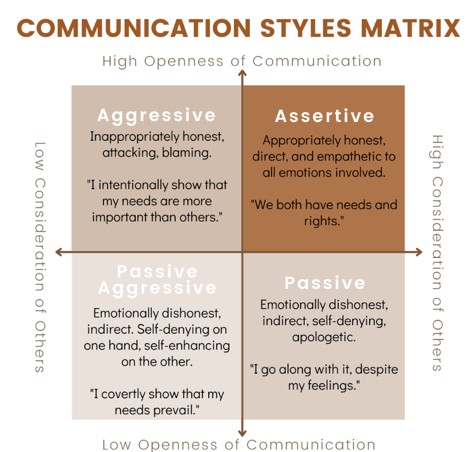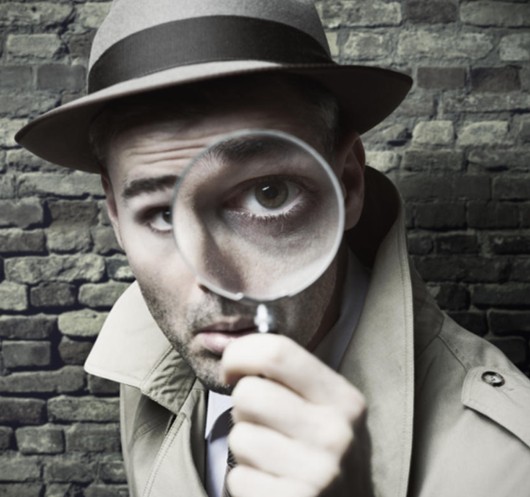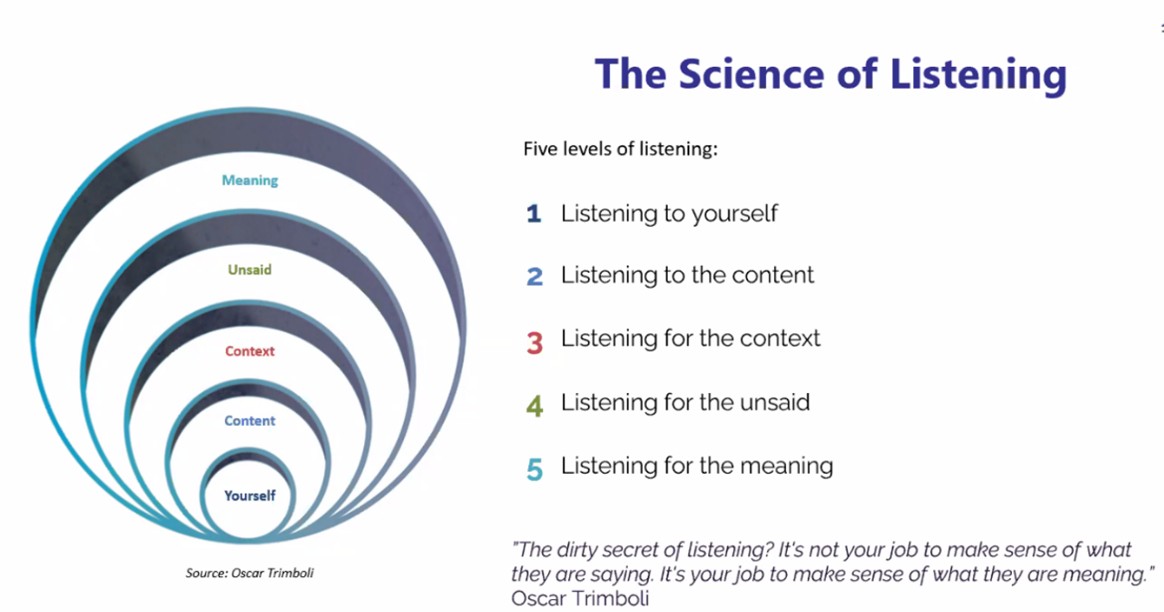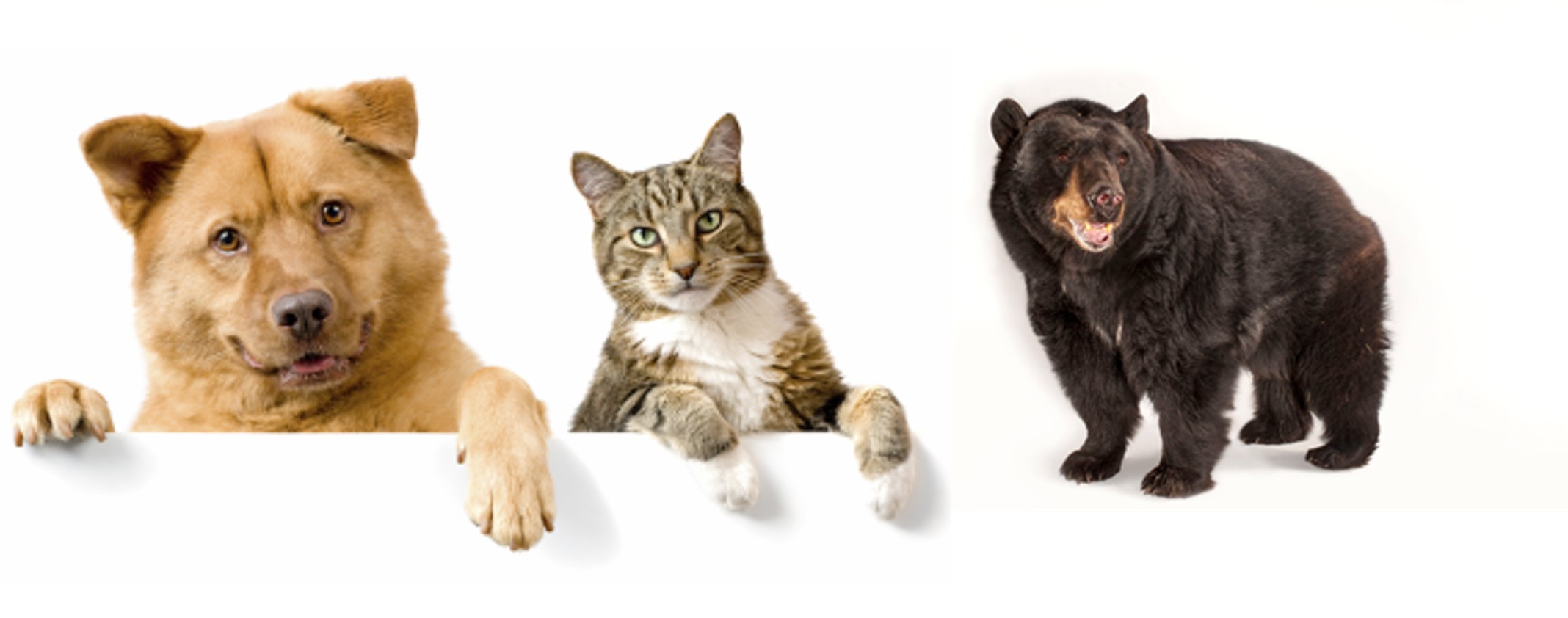
A five minute video on a pragmatic guide to Adapting to dog, cat and bear personalities: Better Business Relationships – Digitally.
(Script)
Hi. I’m Kim Tasso of RedStarKim. Thanks for checking in to this short (five minutes) – and hopefully entertaining and educational – video.
Oh – and this is Bert – he’s one of my props today. Say “Hi” Bert.
Like many independent consultants my business has temporarily stalled with the Coronavirus situation so I have time on my hands. A fair chunk of my work used to be training – where clients often commented “It’s training Kim, but not as we know it”.
So. Personalities. We all know that having the right chemistry is important for relationships. And it’s the same when we are on-line, communicating digitally.
Personality models
When you study psychology you discover that there are lots of models to help us understand different personalities.
Both to increase self-awareness and to help us manage our interactions with others better. It’s a big part of emotional intelligence.
There are lots of personality models – from the classics such as Sixteen Personality Factor Questionnaire (16PF) and the popular Myers Briggs to more recent versions such as DISC, Hogan Colour Insight and Business Chemistry. Some of these personality assessments are explained here.
I qualified in using the British Psychological Society’s NEO assessment – although I was disappointed to learn that this had nothing to do with Keanu Reeves in The Matrix.
Anyway. Despite knowing lots about all these different personality assessments, the one I like best I learned during my original sales training many, many years ago in the tech industry.
Actually, the tech sector didn’t exist then – no PCs and no Internet – we were in the computer industry! I worked at a company called Comshare which did really neat things with relational databases, financial modelling tools (before even the invention of Lotus 123) and easy-to-use statistical modelling systems.
The 3D personality model
The personality model was very simple. It categorised personalities into one of three types – Dependent, Detached and Dominant. The 3D model.
And it was based on Western facial expressions – very simply – dependents smiled, detached were, well, detached and dominants wore frowns.
Over the years, I realised that this model mapped on pretty close to McClelland’s Human Motivation Theory – and with a nudge from the insights from the science of negotiation (rapport in dogs and expert cats) I created my dogs, cats and bears models.
Dogs, cats and bears personalities
So. Cue Bertie. Obviously he’s a dog. A very friendly dog. He loves everyone. He’s an extrovert. His tail is always wagging and he is Mr Sociable. He has a high level of energy. He rushes over to say “Hi” to new people and dogs. He even talks – although I suspect he won’t do this for us today! Bertie is our dependent personality. He is motivated by social interaction and affiliation. Thanks Bert – you can go chase squirrels now.
Now cue Charlie Cat. Often called Charlie FO but I dare not explain that one in public. He’s a cat. He does as he chooses. He is task-focused. He concentrates entirely on what he wants to do – sleep in the sun, catch the bird, climb the fence, hustle for food. He’s not so good on rapport. He moves much slower than dogs and is often still. He finds dogs – particularly Bert – rather irritating with all that sniffing and wagging. Charlie is chilled. Charlie does what he wants. He may not even greet me when I come home. Charlie is a detached personality – he is motivated by achievement.
I’ll pause here to mention that many leadership models focus on these two behaviours – the relationship focus like Bert and the task achievement behaviours like Charlie.
Anyway. Back to my model. Now I know you are wondering whether I will be able to produce a live bear. Sadly not – so here is a substitute bear. Meet Bossy Bear. Now while this bear looks cuddly he really isn’t. He is represents our dominant personality. Motivated by power and control. If he was a real bear he would be very scary.
So. Dog, Cat or Bear – which do you think you are?
Dogs, cats and bears interacting – Adapting to dog, cat and bear personalities
Now. What happens when these different personalities interact?
Some researchers say that we have a natural rapport with 10-30% of the people we meet and we can increase that with training.
Dogs get on just fine with other dogs. It’s a great, big love fest.
Cats get on fine with other cats. They barely interact – they tolerate other cats – but they focus on the task at hand or the process – what needs to be done. End of interaction.
Dogs can get pretty upset when they meet a cat. They think that the lack of smiles and interaction means that the cat doesn’t like them – that the cat disapproves of them. That the cat is cold. Aloof and even arrogant.
Dogs need to calm down all that social energy and be more cat when they meet one – otherwise the cat will be spooked.
Same too for cats when meeting dogs. They need to warm up, share a little social chit-chat and be more dog.
Now. If a bear meets another bear there’s trouble in store. It could get nasty unless one of them becomes a bit more cat-like and ignores all the power plays and concentrates on the task at hand. Just like a cat. And those dogs need to reduce all their social stuff and be more cat too.
So. Hope you found that interesting. If you did, we’ll produce some more. I have some exciting props lined up including a live axolotl, Wonder Woman memorabilia and a T Rex (not a live one obviously).
Thanks for watching – It’s training Kim but not as we know it…


